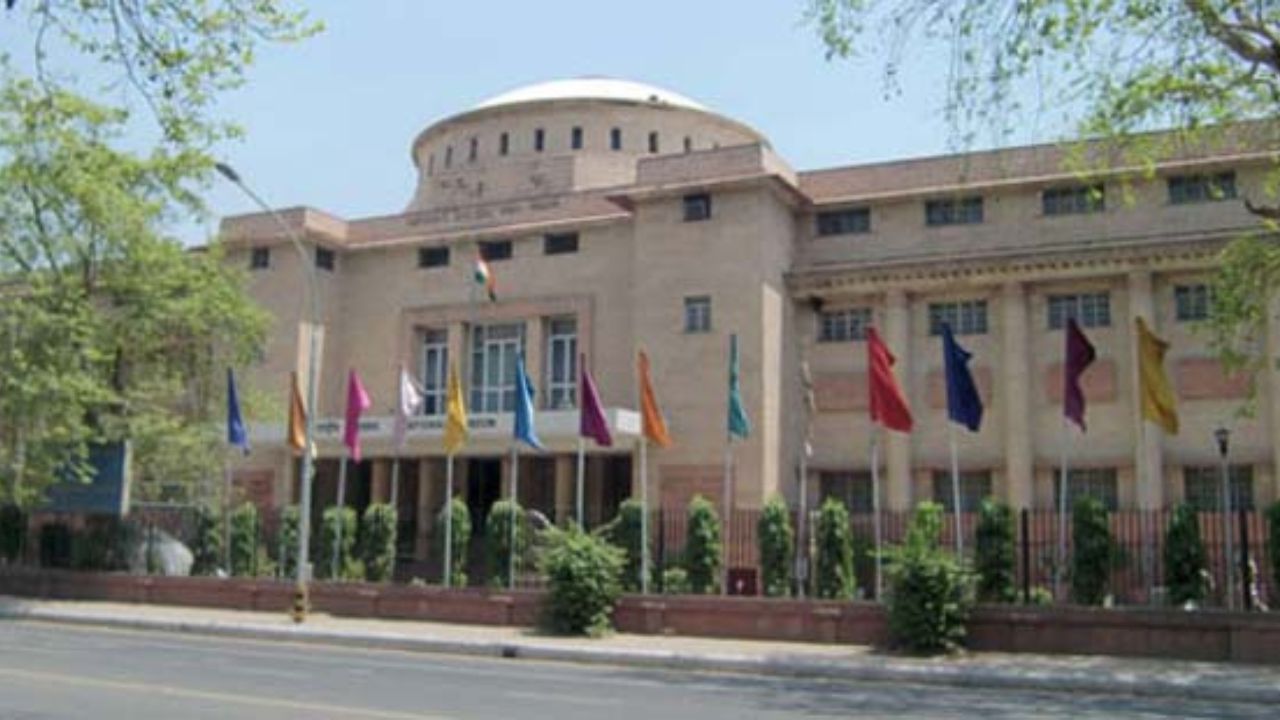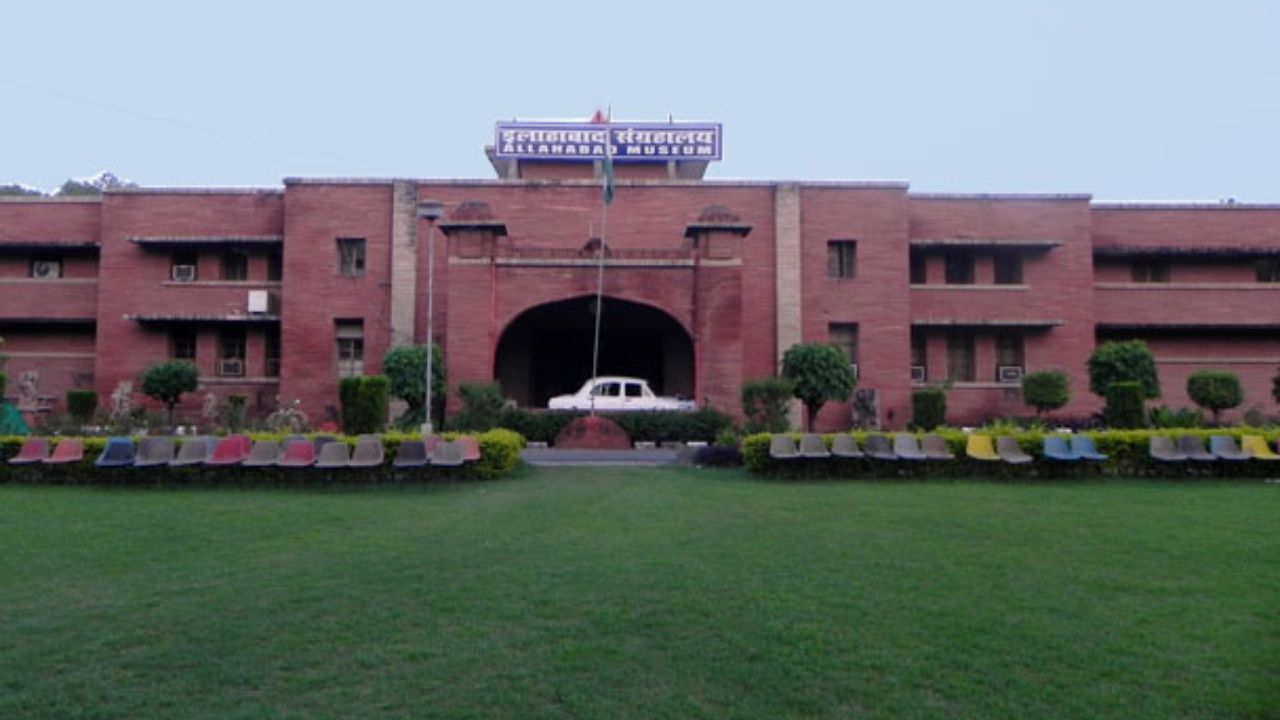Best Museums in India ||15 Best Museums In India Out of 1000
Best Museum in India
Best Museums are a repository of a nation’s culture as they contain explicit examples of the proof of the development of a country’s culture and heritage over a period of time. There are nearly 1,000 museums in India. These include museums under the Central Government, State governments, District level Museums, Museums under universities as well as many private museums. India is a country with a rich and diverse cultural heritage, and it is home to some of the most stunning museums in the world. These museums showcase India’s history, art, culture, and traditions, and offer visitors a glimpse into the country’s past and present. In this post, we’ll take a closer look at some of the best museums in India.
Some Best Museum in India :
1. Indian Museum, Kolkata:

The Indian Best Museums, located in Kolkata, is the oldest and largest museum in India. Founded in 1814, the museum has a vast collection of art, archaeology, anthropology, and geology exhibits, as well as a numismatic gallery, and an impressive library.
2. National Museum, New Delhi:

The National Museum, located in New Delhi, is one of the largest museums in India. It has a collection of over 200,000 works of art, including ancient artifacts, paintings, sculptures, and textiles, as well as exhibits on India’s history, culture, and traditions.
3. Salar Jung Museum, Hyderabad:

The Salar Jung Museum, located in Hyderabad, is one of the largest museums in India. It has a collection of over 40,000 artifacts, including sculptures, paintings, textiles, and decorative arts, from different parts of the world.
4. National Gallery of Modern Art, New Delhi:

The National Gallery of Modern Art, located in New Delhi, has a collection of modern and contemporary art, including paintings, sculptures, and installations, by Indian and international artists.
5. Dr. Bhau Daji Lad Museum, Mumbai:

The Dr. Bhau Daji Lad Museum, located in Mumbai, is the oldest museum in Mumbai. It has a collection of over 7,000 artifacts, including decorative arts, maps, photographs, and manuscripts, that represent Mumbai’s rich cultural heritage.
6. Government Museum and Art Gallery, Chandigarh:

The Government Museum and Art Gallery, located in Chandigarh, has a collection of over 10,000 artifacts, including sculptures, paintings, and decorative arts, from different parts of India.
7. Calico Museum of Textiles, Ahmedabad:

The Calico Museum of Textiles, located in Ahmedabad, has a collection of textiles and fabrics from different parts of India, dating back to the 15th century.
8. Heritage Transport Museum, Gurgaon:

The Heritage Transport Museum, located in Gurgaon, has a collection of vintage and classic cars, motorcycles, and other forms of transportation, as well as exhibits on the history and evolution of transportation in India.
9. Allahabad Museum, Prayagraj:

The Allahabad Museum is centrally located in the Civil Lines area of the city in a lush green garden at Chandrashekhar Azad Park, popularly known as Company Bagh. It is about 3 kms away from the Allahabad railway junction and almost equidistant from three different Railway Stations such as Prayag, Rambagh and Allahabad junction and about 12 km away from Bamrauli Airport. In 1863, the Board of Revenue requested the Government of North- Western Provinces for the establishment of a public library and a museum.
10. Shankar’s International Dolls Museum, New Delhi:

Shankar’s International Dolls Museum, located in New Delhi, has a collection of over 6,000 dolls from different parts of the world, including India, Japan, and Russia.
11. Archaeological Survey of India, Goa:

Archaeological Survey of India (ASI), which was established in 1861. ASI is a government organization that operates under the Ministry of Culture and is responsible for protecting, preserving, and conserving national monuments in India. It is a multidisciplinary organization that includes various branches such as exploration and excavation, chemical conservation, horticultural operations, museums, underwater archaeology, pre-history, epigraphy, and publication. Over time, the Survey has expanded its scope and sphere of activities, and as of today, it protects 3,667 centrally protected monuments, including 22 world heritage monuments/sites. The ASI’s mission is to safeguard India’s cultural heritage and ensure its preservation for future generations.
12. Archaeological Survey of India, Nagarjunakonda:

The location and history of Nagarjunakonda, a site in the Guntur district of Andhra Pradesh, India. The name of the site is derived from the Buddhist scholar Acharya Nagarjuna and it was previously known as Vijayapuri. It was named after Vijaya Satyakarni, a later Satavahana ruler. The site is now submerged under the man-made reservoir created by the Nagarjuna Sagar Dam, which was built across the Krishna river. The only way to reach the site is by motor launches operating from Vijayapuri South. The nearest railway station is located 24 km west of Vijayapuri South in Macherla.
13. National Gallery of Modern Art, Bengaluru:

The National Gallery of Modern Art in Bengaluru is a cultural hub that showcases Indian art from the early 18th century to the present day. It was established in 2009 and is located in the Manikyavelu Mansion, which was transformed into an art gallery. The building has a display space of 1551 square meters, which was extended with a new gallery block of 1260 sq. m. The NGMA Bengaluru is run and administered as a subordinate office of the Ministry of Culture, Government of India, and is one of the three National Galleries of Modern Art in India. The gallery’s collection includes paintings, sculptures, graphic prints, and examples of early photography in India, which showcases the historical development of modern art in India. The display includes Indian miniatures, colonial artists, Bengal School, and post-independence artists, which led to the birth of modern and post-modern art of today. In addition to the permanent display of paintings and sculptures, the NGMA Bengaluru also hosts national and international exhibitions regularly. Apart from showcasing art, the NGMA Bengaluru also hosts talks, seminars, film screenings, workshops, and guided walks throughout the year. It also places a strong emphasis on educational programs for children, adults, and families, with innovative outreach and educational activities that are organized regularly. The gallery is equipped with an auditorium, a public art reference library, a cafeteria, and a museum shop cum facilitation block. The serene ambience of the gallery, dotted with magnificent trees, fountains, and a mirror pool, provides a tranquil space for visitors to appreciate the beauty of art. The NGMA Bengaluru aims to become a hub of art activities and a major cultural center in Bengaluru.
14. Victoria Memorial Hall, Kolkata:

The Victoria Memorial Hall is a museum in Calcutta, India, built in the early 20th century as a period museum in memory of Queen Victoria with an emphasis on Indo-British history. Its Italian Renaissance style with Oriental nuances has been praised as the finest example of Indo-British architecture in India. The museum’s collection includes over 28,000 artefacts displayed in nine galleries, covering the history of the South Asian subcontinent over the past 350 years. Notably, the museum features paintings by major European artists of the 18th and 19th centuries, including Thomas and William Daniell, Johann Zoffany, Joshua Reynolds, and Vassili Vereshchagin’s The State Procession of the Prince of Wales into Jaipur in 1876. The Victoria Memorial Hall is an autonomous organization under the Ministry of Culture, Government of India, and is considered an institution of national importance.
15. Symbiosis Society’s Dr. Babasaheb Ambedkar Museum & Memorial, Pune:

he generous donation made by Dr. Maisaheb Ambedkar, the wife of Dr. Babasaheb Ambedkar, to Symbiosis of all the personal belongings of Dr. Babasaheb Ambedkar. The donation includes important artifacts such as the urn containing his sacred ashes, the Bharat-Ratna award, the bed on which he breathed his last, and the table and chair on which he used to sit while writing the Constitution of India. Symbiosis decided to erect a memorial and museum in honor of Dr. Babasaheb Ambedkar, who initiated the movement for social justice and equality in India. The objective of the museum and memorial is to introduce Dr. Babasaheb Ambedkar to foreign and Indian students so as to inspire them when they return to their home lands. The museum and memorial were inaugurated on 26th November 1996 by the then Vice-President of India. The memorial is a prominent landmark in Pune and features six important historical events from the life of Dr. Babasaheb Ambedkar, depicted with special light, sound, and visual effects. Additionally, a magnificent library named the “Dr. Babasaheb Ambedkar Library” was also established by Symbiosis.
These are just some of the best museums in India that offer a glimpse into the country’s rich and diverse cultural heritage. A visit to any of these museums is sure to be an enriching and memorable experience.






One Comment